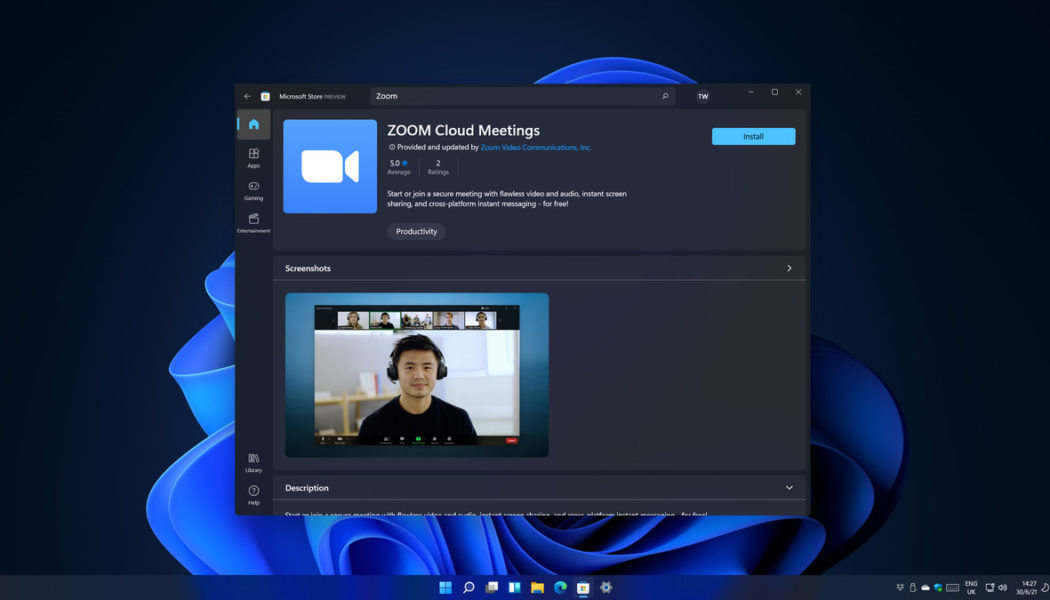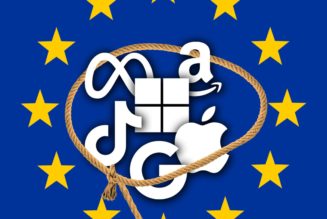Microsoft’s dysfunctional app store for Windows, the Microsoft Store, is finally improving under Windows 11. While there’s a UI overhaul and some speed improvements, the key change is allowing more apps into the store. In just the past week alone, some popular apps have started to appear in the Microsoft Store on Windows 11, making it more useful than before.
OBS Studio, Zoom, Canva, WinZip, and Adobe Acrobat Reader have all made their way to the Microsoft Store in the past week, alongside Microsoft Edge browser extensions. These early additions, during a beta period for Windows 11, are a promising start.
The Microsoft Store is changing on Windows 11, and eventually Windows 10, to include any traditional desktop apps. Microsoft previously restricted developers to its Universal Windows Apps, before then allowing some desktop apps that were packaged to use its store for updates. Now any app can be part of the store, a move that aligns with the Windows Package Manager Microsoft released last year.
:no_upscale()/cdn.vox-cdn.com/uploads/chorus_asset/file/22690995/store.png)
Microsoft’s Windows Package Manager quickly became better than the Windows store in less than 24 hours, offering apps like Zoom and WinRAR that were missing from the main store. The package manager has been growing steadily over the past year, and now includes Discord, Google Chrome, Firefox, and many other popular apps. There’s even a great third-party web interface you can use with it.
The Microsoft Store is essentially now a frontend for the Windows Package Manager and the WinGet command that’s used to install apps from Microsoft’s repository. That should mean we’ll see even more apps appear in the store in the coming weeks. Mozilla, for example, has hinted that Firefox will be available soon.
We may even eventually see rival app stores in the Microsoft Store, like Steam or the Epic Games Store. Windows chief Panos Panay said the company is open to having Steam or the Epic Games Store in the Microsoft Store, and it would likely work as a way to link out to apps and games available elsewhere.
:no_upscale()/cdn.vox-cdn.com/uploads/chorus_asset/file/22699670/QFBhodt.png)
Part of the new store’s appeal for developers is allowing apps with their own update systems, but also a change by Microsoft to let developers keep 100 percent of the revenue from apps if they use alternative payment platforms. This change doesn’t apply to games, however. It will take some time until we see just how well Microsoft’s reduced cut of game revenues, from 30 to 12 percent starting on August 1st, will impact the store.
While these new app additions are useful, there’s still much work to be done. The store is full of junk apps, with many fake apps, guides, and crapware still showing up in search results. It’s going to take Microsoft some time to clean this part of the store up, particularly because developers have abandoned the Microsoft Store for so long that many of these junk apps are now in the top free apps section.
Either way, the Microsoft Store is definitely heading in the right direction, after a decade of being largely ignored. If it can get to the point of having every useful and popular app listed, then that’s a great improvement for Windows users who will no longer have to search around the web to find a trusted installer for their favorite apps.









